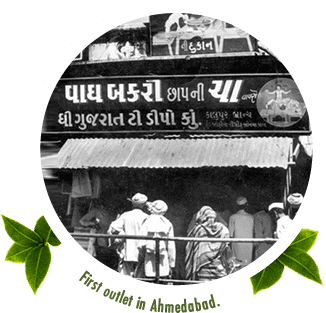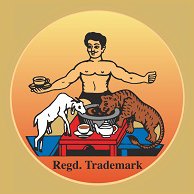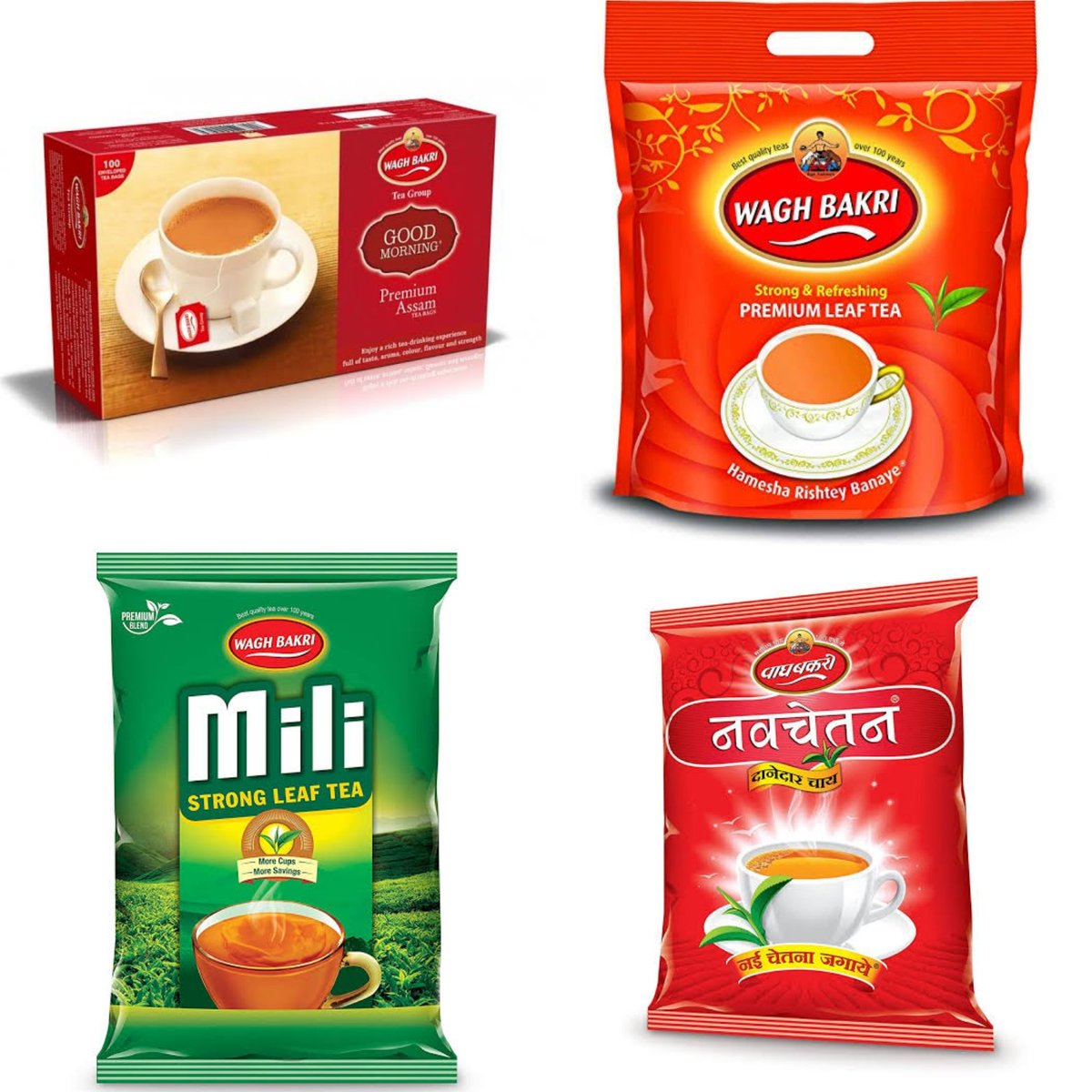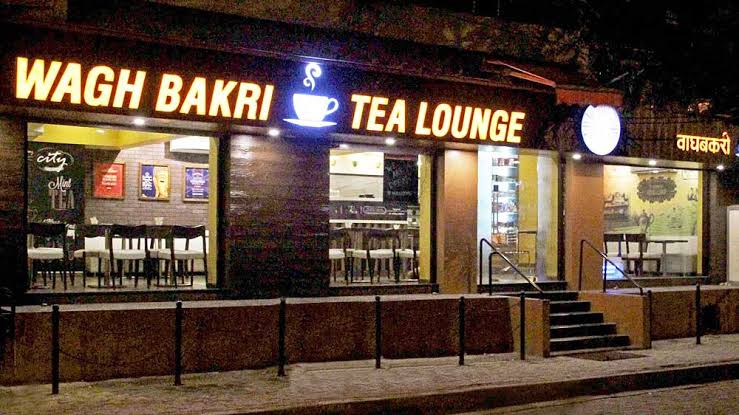Indians consumed 1 billion kgs of tea in 2019
Wagh Bakri, a lesser known brand silently rules the western & central India in terms of tea consumption
Set up in Gandhian era
50% market share in Gujarat
Revenues of 1500 crores INR
Present in 13 states & 40 countries
A thread
1/
Wagh Bakri, a lesser known brand silently rules the western & central India in terms of tea consumption
Set up in Gandhian era
50% market share in Gujarat
Revenues of 1500 crores INR
Present in 13 states & 40 countries
A thread
1/
In 1892, Narandas Desai moved to Durban, South Africa. He leased 500 acres of a tea estate and started managing it.
During his time in South Africa, he was close to Mahatma Gandhi, who had a big impact on Desai’s business and personal ethics.
2/
During his time in South Africa, he was close to Mahatma Gandhi, who had a big impact on Desai’s business and personal ethics.
2/
In 1915, Desai was forced to fled South Africa because of Apartheid. He came back to India with a letter from Mahatma Gandhi vouching for Desai’s skills and honesty in the tea business.
3/
3/
After returning, he took a large loan to establish Gujrat Tea Depot in 1919. The first store was set up in Ahmedabad which sold loose tea.
4/
4/
In 1934, Desai started selling the tea under the brand “Wagh Bakri” for the first time. And since then, there has been no looking back for the company.
5/
5/
The name “Wagh Bakri” might sound strange when you hear it for the first time.
In the logo, the Wagh symbolizes the upper class of the society and Bakri is a symbol of the lower social class. And both are drinking tea from the same cup symbolising values of social equality
6/
In the logo, the Wagh symbolizes the upper class of the society and Bakri is a symbol of the lower social class. And both are drinking tea from the same cup symbolising values of social equality
6/
Wagh Bakri takes its time before expanding to new state. For them every state is a new country.
That& #39;s why even after 100 years, it is present only in 13 states (western & central states mainly)
They offer different blends for different states as per preference of customers
7/
That& #39;s why even after 100 years, it is present only in 13 states (western & central states mainly)
They offer different blends for different states as per preference of customers
7/
In India, Tata Tea and HUL were the leading players in the tea market (each holding close to 21% market share by value).
Wagh Bakri has grown quickly to become the third largest player. It went from having 3% market share in 2009 to 10% market share in 2020
8/
Wagh Bakri has grown quickly to become the third largest player. It went from having 3% market share in 2009 to 10% market share in 2020
8/
In Gujarat, the company is said to have over 50% market share. The brand is known for its high-quality tea and competitive pricing.
Wagh Bakri has tripled its revenues to around 1500 crores INR over the past decade
9/
Wagh Bakri has tripled its revenues to around 1500 crores INR over the past decade
9/
To cater to Indians abroad, they export to over 40 countries which accounts for 5% of sales
They don& #39;t own any tea estates to avoid associated issues with maintainance. They only focus on processing & packaging tea. This has allowed them to stay asset light & debt free
10/
They don& #39;t own any tea estates to avoid associated issues with maintainance. They only focus on processing & packaging tea. This has allowed them to stay asset light & debt free
10/
Over time, company has developed a variety of products catering to different segments.
Good Morning Tea:Started in 1944, it is positioned for super-premium segment
Wagh Bakri Tea: Most popular product positioned at the premium segment. Contributes 70% of the total revenues
11/
Good Morning Tea:Started in 1944, it is positioned for super-premium segment
Wagh Bakri Tea: Most popular product positioned at the premium segment. Contributes 70% of the total revenues
11/
Mili Tea: This product is positioned for the middle and lower tier segments. It accounts for 20% of the revenue of the company.
Navchetan Tea: This is aimed at the economy segment and is positioned against the non-branded tea in the market.
12/
Navchetan Tea: This is aimed at the economy segment and is positioned against the non-branded tea in the market.
12/
Under the Wagh Bakri brand, the company has also added products like Green Tea, Lemon Tea, Iced Tea and Premix coffee. The company spends nearly 10% of its revenues on advertising and runs TV and print campaigns for nearly all these brands.
13/
13/
Much before Chaayos came to the scene, Wagh Bakri launched its first tea lounge in Vile Parle, Mumbai in 2006.
An attempt to leverage on the café culture, these lounges offer a host of beverages including Ice Cream Tea to the customers. Today, there are 15 such tea lounges
14/
An attempt to leverage on the café culture, these lounges offer a host of beverages including Ice Cream Tea to the customers. Today, there are 15 such tea lounges
14/
Wagh Bakri has also launched a direct to consumer ecommerce site ( http://www.buytea.com/ )">https://www.buytea.com/">... to order tea online.
The brand now looks to enter more southern and northern states.
15/
The brand now looks to enter more southern and northern states.
15/
Depsite a 100 years legacy, the brand still remains fairly young. And will look to challenge national brands like Brook Bond, Red Label & Tata Tea soon.
The brand also found a mention in the marketing book by Philip Kotler (considered as the father of marketing)
Till then
16/16
The brand also found a mention in the marketing book by Philip Kotler (considered as the father of marketing)
Till then
16/16

 Read on Twitter
Read on Twitter








